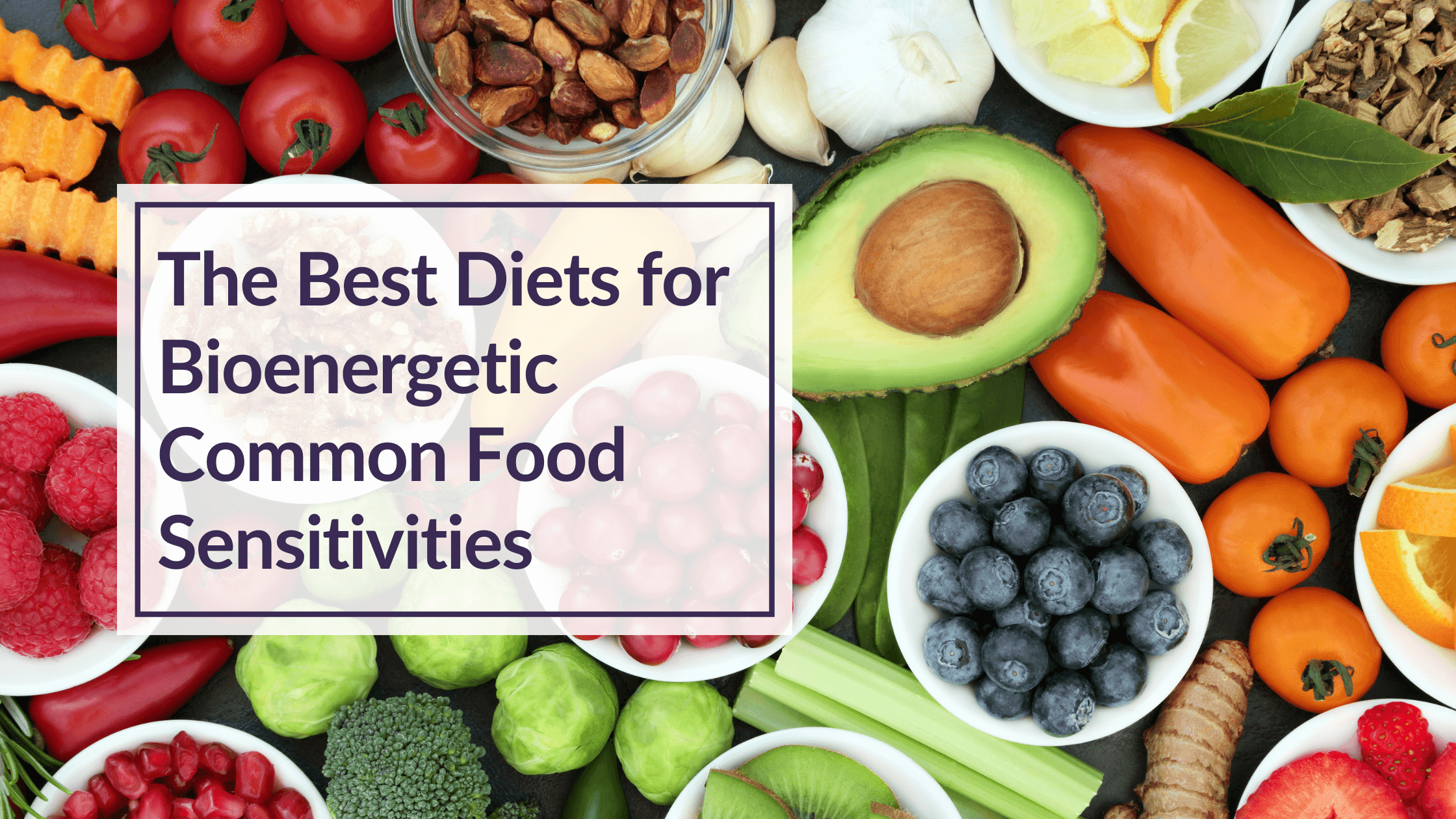
If you’ve experienced discomforts like bloating and stomach pain after eating, you may be experiencing one of many common food sensitivities. Food sensitivities can be challenging to identify as they present with mild yet disruptive symptoms. Different from allergies, food sensitivities can also disrupt your digestive system. They can cause you to feel intestinal discomfort and other bothersome symptoms.
Sensitivities vs. Allergies
The main difference between common food sensitivities and allergies is that allergic reactions predominantly come from your immune system. In contrast, food sensitivities are non-immune responses affecting different parts of your body, like your digestive system.
Allergy symptoms include itching, rashes, eye irritation, swelling, wheezing and coughing, nausea, and sometimes vomiting. These symptoms usually occur reasonably quickly, within minutes of consuming the problematic food. Your body sees the food you’re allergic to as a threat and is attempting to get it out of your body. In many cases, some people might take medication like Benadryl or use an Epi-Pen to help mitigate symptoms.
Food sensitivities differ from allergies because they can present themselves in various ways – from allergy-like symptoms to reactions in your Digestive System. When a food sensitivity irritates the digestive system you may feel bloated, nauseous, or gassy and can have cramps and changes in your bowel movements. Food sensitivities could also cause fatigue, rashes, joint and muscle pain, and even brain fog. Two of the best ways to address common food sensitivities are with natural remedies and a food-sensitivity diet.
The most significant difference is that allergies present quickly and can generally be easily identified thanks to the quick onset of symptoms. A blood or skin test administered by an allergist can also help you determine your specific food allergies, empowering you with the information you need to improve your wellness by avoiding those foods.
The onset of common food sensitivities, however, is slow and sometimes almost nonexistent if you only consume a small amount of food to which you are sensitive. This makes identifying your bioenergetic dietary sensitivity potentially more challenging. Many people detect their sensitivity through dedicated food sensitivity diet changes. Another, perhaps easier, method is taking a bioenergetic dietary scan.

Common Food Sensitivities
Some of the most common food sensitivities include:
- Diary (milk, cheese, yogurt, etc.)
- Caffeine
- Gluten
- Wine
- Eggs
- Corn
- Soy
- Citrus fruits
- Food additives (flavor and color enhancers)
While these are the most common, there are numerous other food sensitivities that you may experience.

Food Sensitivity Diets
While each food sensitivity experience is unique, you can try some common diets to help with your symptoms. As with any change in your eating, you should consult a medical professional before going on any specific diet.
The FODMAP Diet
The FODMAP diet focuses on reducing the consumption of “high FODMAP” foods, which are certain natural sugars. It’s believed that these FODMAP foods cause intestinal distress because they are difficult for the small intestine to absorb. FODMAP stands for fermentable oligosaccharides, disaccharides, monosaccharides, and polyols, all short-chain carbohydrates.
On the FODMAP diet, some of the common food sensitivities to avoid are:
- Dairy-based yogurt, milk, and ice cream
- Lentils and beans
- Select vegetables like onions and garlic
- Wheat-based items, including bread, crackers, and cereal
- Certain fruits like pears, peaches, cherries, and apples
Once you have narrowed down your diet, you start adding back in the eliminated foods, noting how you feel with each new addition. This can help you determine which foods are causing you issues.
The other part of this food sensitivity diet is to base your meals around foods with “low FODMAP.” Examples of these foods include:
- Non-dairy milk, like almond milk
- Grains like quinoa, rice, and oats
- Eggs and meat
- Vegetables like tomatoes, eggplant, and potatoes
- Fruits such as blueberries, grapes, oranges, and pineapple
These are just examples of foods to add or eliminate when on a FODMAP diet. Keep in mind your common food sensitivities may be different. You should consult a medical professional like a doctor or nutritionist to determine if the FODMAP diet is right for you.

The Anti-Inflammatory Diet
There are a few types of anti-inflammatory diets, but all of them focus on reducing inflammation in your gut. These food sensitivity diets focus on eating a variety of fruits and vegetables, unrefined whole grains, unsaturated fats, oily fish, and select herbs and spices. The diets also suggest restricting fatty red meat and refined sugars and reducing alcohol consumption.
According to the Harvard School of Public Health, anti-inflammatory diets focus on eating “foods (that) provide plant chemicals (phytochemicals), antioxidants, and fiber,” all of which help reduce “inflammatory signals” and “promote healthy gut microbiota.” Regular exercise, adequate sleep, and stress reduction are also part of anti-inflammatory diets.
The Mediterranean diet is among the most popular anti-inflammatory diets to combat common food sensitivities. This mostly plant-based way of eating bases meals around foods like olive oil, whole grains, legumes, nuts, fruits, and vegetables. The Mediterranean diet allows for small amounts of meat but encourages eating fish or shellfish instead.
One of the pillars of the Mediterranean diet is “healthy” fats. Water should be your default beverage choice. While some wine is allowed with meals, it should be limited.
Clean Eating
While not necessarily a diet but more of a lifestyle choice, clean eating can be one way to manage common food sensitivities. The idea behind clean eating is to consume foods in their most “natural” state. This means avoiding processed foods and drinks and choosing organic foods when available. The diet eliminates all processed sugars, added salts, and other additives. Cutting out these additives can help you better identify which foods affect your body negatively.

Get the Information You Need from CBH Energetics
It can be challenging to know which, if any, food-sensitivity diet is right for you. One of the best ways to tell if you have bioenergetic food sensitivities is through bioresonance scanning from CBH Energetics. Our Dietary Scan was specially developed to assess your current food energetics and identify common food sensitivities. With only a small hair and saliva sample, you can get the information you need to understand where you may have resonating food sensitivities and share the data with your doctor or nutritionist.
Along with our scans, we also offer consultations from one of our expert practitioners. Along with diet changes, our practitioners can also explain how holistic remedies could aid in balancing your wellness. Discover more about our bioresonance scanning, holistic remedies, and get your questions answered today at cbhenergetics.com.

